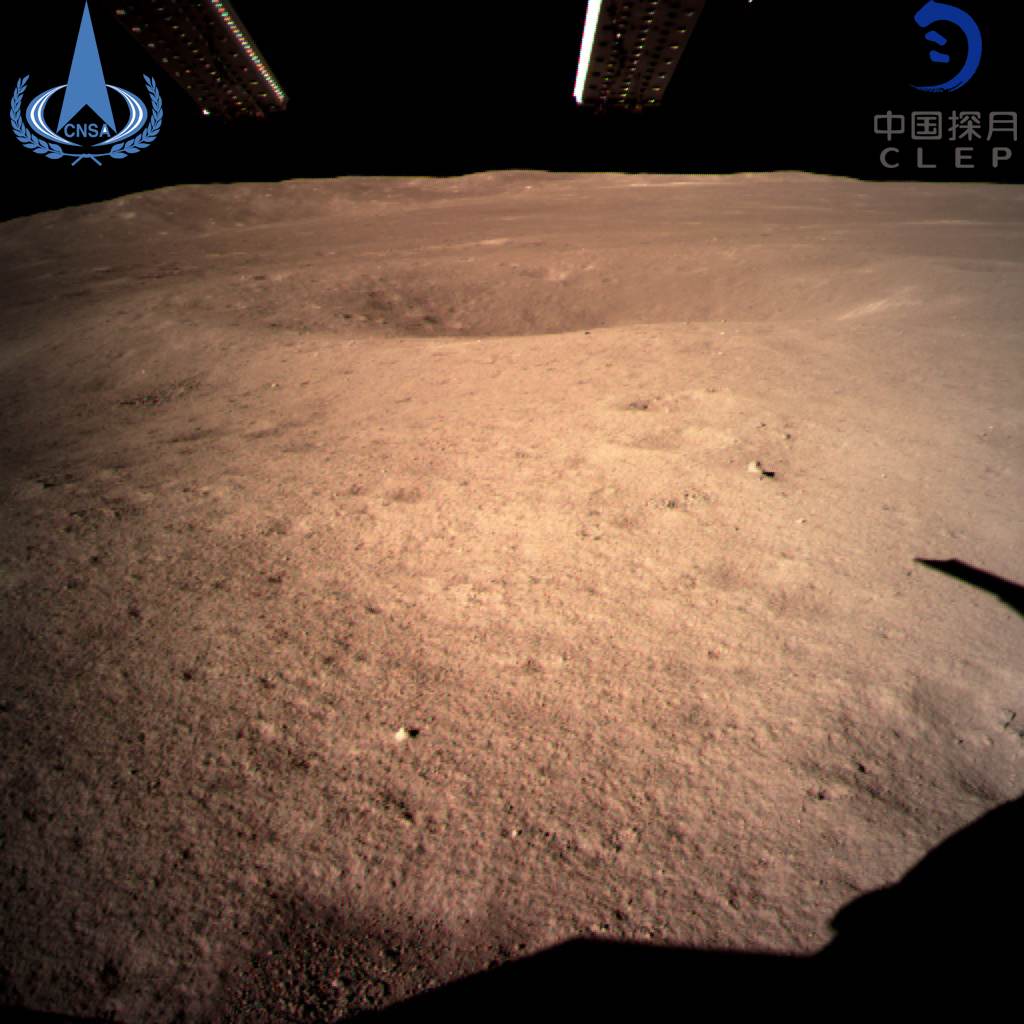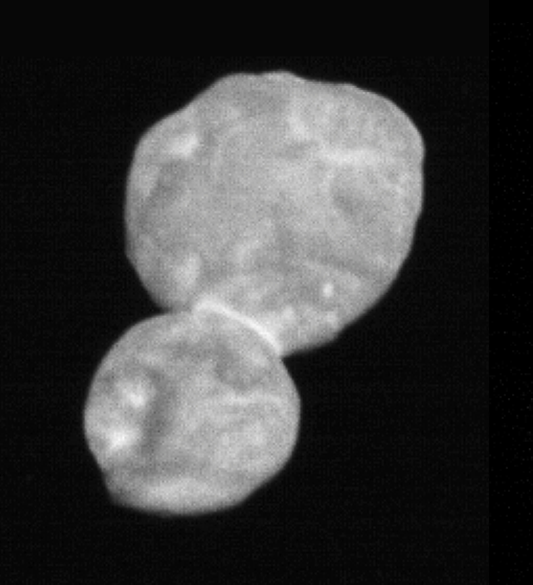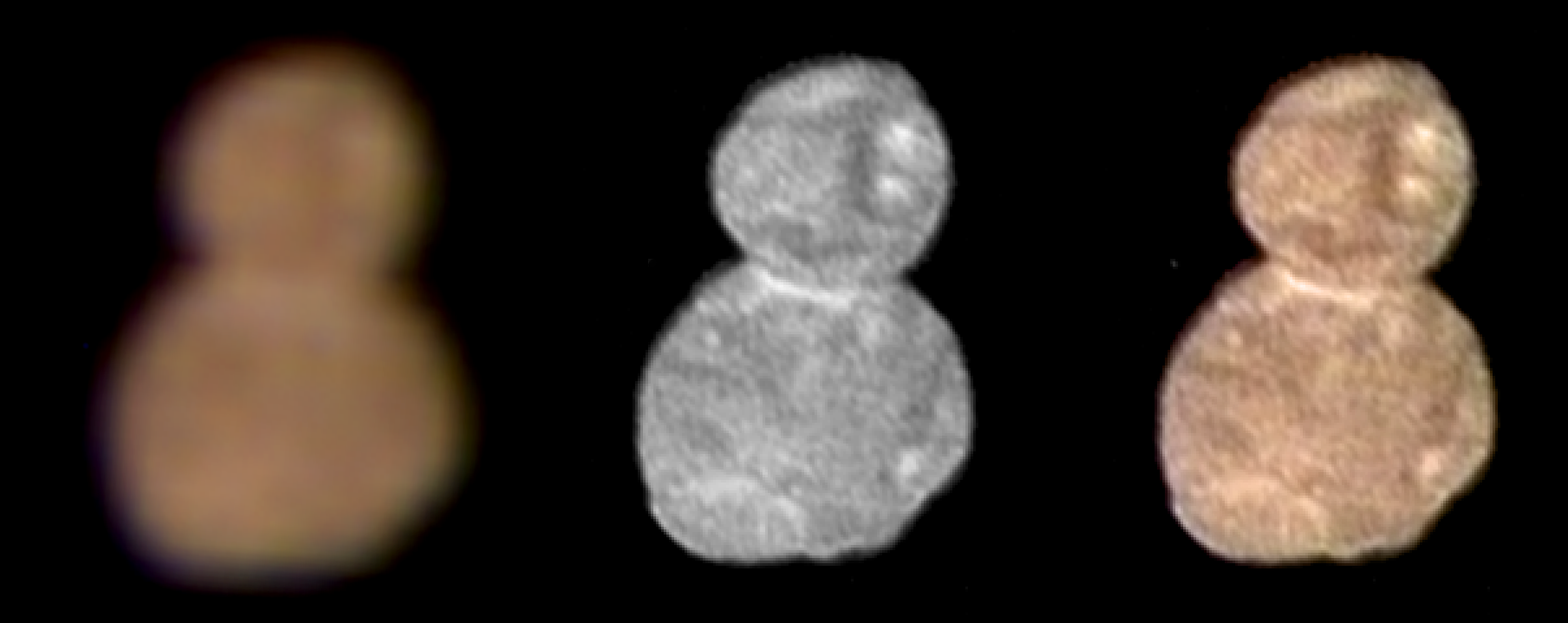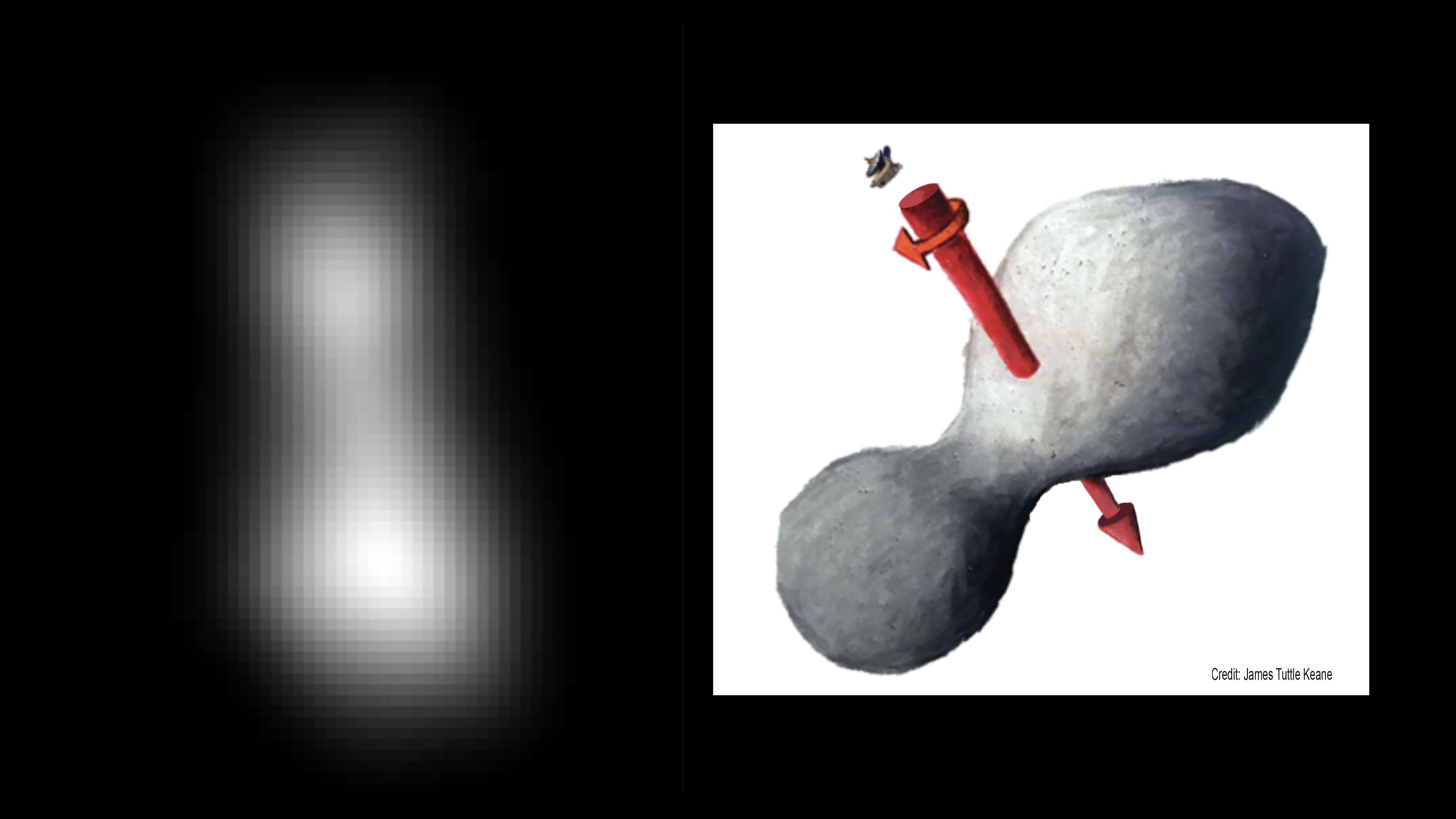Yesterday the Trump Administration announced that the US is going to get back into the “Star Wars” business. Not to the scale of the original Strategic Defense Initiative days, when the goal was to put a dent in a Soviet full strike, but to knock down a strike from the likes of Iran or North Korea or Canada.
“Star Wars” Lite? We Explain Trump’s Missile Defense Strategy
A direct link to the Missile Defense Review is HERE. Ideas include F-35’s and drones armed with lasers and/or interceptor missiles to do boost phase interception… which would, of course, require that the aircraft be on-station near the launch site as it happens. This might work for the likes of North Korea or Iran, but wouldn’t be valuable against Russian or Chinese land or sea based ICBMs. For those, they also want to use space based interceptors. Yay! If the US actually goes ahead and fields a flock of Brilliant Pebbles, as was planned late in the SDI days, it will require a *lot* of low-cost launch capability.
It ain’t gonna happen, of course.






